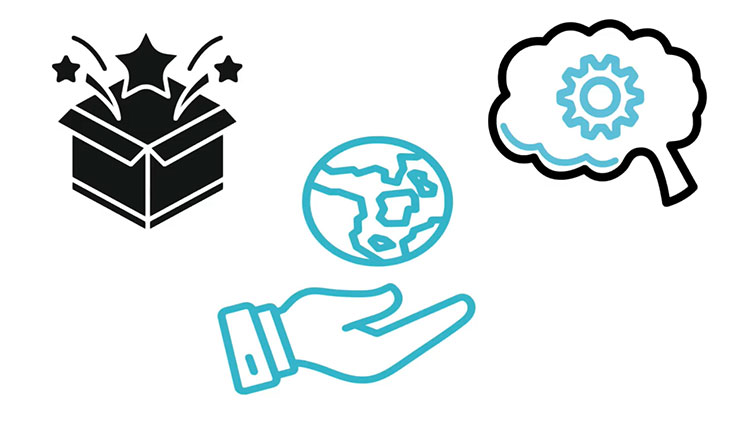The Mystery of Face Blindness
- Published15 Nov 2016
- Reviewed11 Nov 2016
- Author Jessica P. Johnson
- Source BrainFacts/SfN
Face recognition is a remarkably complex process. And for some people, telling faces apart is an almost impossible task. Learn about what causes face blindness and what it’s like to live without familiar faces around you in this podcast from BrainFacts.org.
Have a question about what you just heard in our podcast? Submit Your Question
Music by Josh Woodward, used under a creative commons license.
CONTENT PROVIDED BY
BrainFacts/SfN
Transcript
SfN: I’m Jessica Johnson for BrainFacts.org.
Most of us know what it’s like to walk down a busy street and not recognize the faces of people who pass by. But imagine going to work and not recognizing colleagues you’ve worked with for several years simply because they’re wearing a different outfit than they did the day before. Imagine not recognizing your own child.
This is every day for people with face blindness. Face recognition is a remarkably complex process. We must integrate individual facial features with patterns of muscle movement unique to the person we’re trying to recognize. A face is a constantly morphing set of shapes and features that presents an unsolvable puzzle for people with face blindness, or prosopagnosia.
Brad Duchaine: If you think about the objects you encounter in daily life, most of them don’t change their shape at all. They’re rigid. But faces are not rigid. As you’re talking, it’s deforming. So that is one of the challenges.
My name is Brad Duchaine and I’m a professor in psychological and brain sciences at Dartmouth.
SfN: Our ability to recognize faces, including our own faces, lies in a brain region called the fusiform gyrus.
Duchaine: Let’s say you stick somebody in a scanner and you showed them faces and objects. What you find is that there are small little areas that people call face selective areas that respond much more strongly to faces than they do to objects. And the first one of these that was identified was the fusiform face area. The fusiform face area is a portion of the fusiform gyrus which is a structure in the temporal lobe. That’s not only true for the FFA, turns out that there are 5 or 6 face selective areas within each hemisphere.
SfN: Prosopagnosia comes in two different forms: developmental and acquired. About 2.5% of the population develops the condition during gestation or shortly after birth. In developmental prosopagnosics the brain’s face selective areas show less activity than in normal brains. It’s a deficit that can run in families.
Duchaine: We don’t have a good feel for what’s going on genetically at this point. My guess is that there’s lots of genes that contribute to face recognition ability. People with developmental prosopagnosia just got a bad draw, and their relatives are going to be likely to get that bad draw.
SfN: Acquired prosopagnosics, on the other hand, have suffered brain trauma that results in loss of face recognition ability.
Duchaine: We’ve known for a long time that people tend to become prosopagnosic due to damage to the right temporal lobe, also sometimes the right occipital lobe. You almost never see unilateral left hemisphere lesions causing prosopagnosia. So it’s not clear what those left hemisphere face selective areas are doing, but it’s an interesting puzzle.
SfN: Reliable diagnostic tests for prosopagnosia have only emerged in the last decade. Before this, prosopagnosics struggled with an unnamed impairment. Famously, neuroscientist Oliver Sacks diagnosed himself and several family members with face blindness only after a friend pointed out that Sacks had confused one of his own brothers for another. Jane Goodall, the British anthropologist known for her work with Chimpanzees, has said in interviews that her prosopagnosia initially impaired her ability to recognize the chimps she came to know so well during her decades-long field studies.
Dr. Karl Kruszelnicki, the Julius Sumner Miller Fellow at the University of Sydney, author of 40 books on popular science, and a proud recipient of a 2002 Ig Nobel prize for his survey of human belly button lint, didn’t realize he had mild face blindness until the age of 32 during his first year of med school.
Kruszelnicki: I got fouled up by two of my fellow students when they said, “Hi, Karl, who am I?” And I said, “you’re Stuart.” And the other guy said, “who am I?” And I said, “Well you’re Stuart too.” And they said, “Well, can you pick the difference between us?” And I looked at them from one to the other and I said, “Well, no, you’ve both got red hair and red beards.” And one of them said, “I’ve got glasses and I’m called Matthew.” And suddenly there was a fuzziness that got lifted and I could suddenly see that he had glasses on. And that was really the first time that I realized that I had a problem with it.
SfN: The condition can be terribly socially distancing for some because of the embarrassment of not recognizing a person you’ve known for years. It’s not that prosopagnosics don’t remember people, they just can’t recognize them by looking at their faces.
Kruszelnicki: I feel a bit anxious that people think I’m rude. The way that I get around this is that I just smile benignly at everybody. I can’t do the normal thing of saying “Hey, how are you going?” I don’t want to be too familiar. So it’s like a half “Hi, how are you going” in case I seem to be too friendly. That’s something I haven’t managed to solve socially.
SfN: Most prosopagnosics end up using creative cues to help them recognize people.
Kruszelnicki: I’ve given up in most cases on trying to recognize people’s faces. I go for characteristics such as their walk, or their voice, or how they hold themselves, or I try to pick a tiny feature like they might have bespangled glasses or a little mole.
Duchaine: One of the first people I ever studied had severe face recognition disabilities. He was using all these other sorts of cues that you and I use from time to time, but he really had to rely on them. He grew up in the 50s in the Ozarks and most kids wore the same pants every day. So he could identify kids via their jeans and he still did it as an adult.
SfN: If you’re curious about your own ability to recognize faces, you can go online and take the Cambridge Face Memory Test, developed by Duchaine and colleagues in 2006, and now one of the standard tests used to diagnose face blindness. In the test, you’re asked to memorize six faces and then pick those familiar faces out of a series of photo line-ups. A score of less than 60% correct identifications could indicate a degree of face blindness, although Duchaine cautions:
Duchaine: When I diagnose prosopagnosics, though, it’s certainly not the only measure we use to say someone is prosopagnosic.
SfN: Human face recognition ability lies along a continuum with prosopagnosics at one end and the so-called “super-recognizers” – people who are extraordinarily good at it – at the other. And there are online tests for this too. Go on, you know you want to check them out.
When it comes to treatment for face blindness, there hasn’t been much progress. Duchaine says that no genetic links to developmental prosopagnosia have yet been identified. And clinical therapies that train prosopagnosics to recognize differences in individual facial features have only resulted in minimal improvements.
Duchaine: One approach that I think hasn’t been done is, you can imagine rather than trying to improve people’s abilty to recognize all faces, you instead just train them heavily on the 10 faces they really need to know. It would be nice if someone could come up with something like that.
SfN: Some prosopagnosics report other cognitive deficits related to their prosopagnosia, such as difficulty recognizing emotional expressions, interpreting social cues, navigating their environment, or recognizing a specific object within a group of objects, such as a particular model of car. But Duchaine says there is no clear association yet and many experience no related deficits at all.
Going forward, Duchaine thinks the field will benefit from a focus on large scale testing of acquired and developmental prosopagnosics to better understand how face processing is organized in the brain and better ways to diagnose it.
Duchaine: We’re trying to get big samples to make more progress on these issues.
SfN: Thanks for listening. Check out more information about how our brains are wired to recognize faces at BrainFacts.org.
Also In Thinking & Awareness
Trending
Popular articles on BrainFacts.org


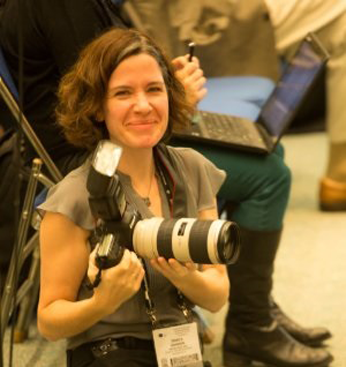

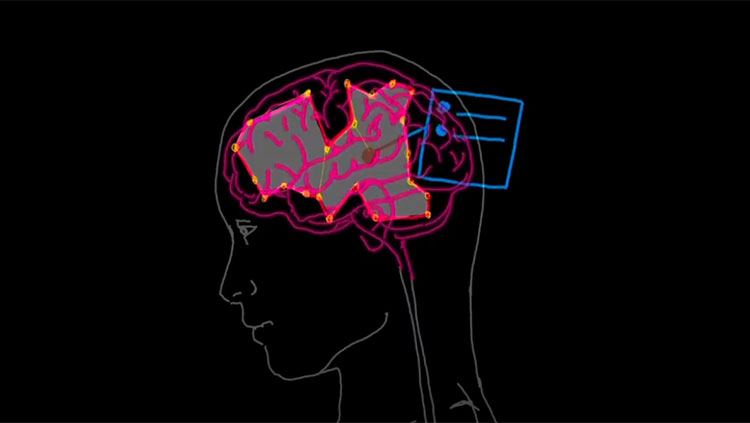
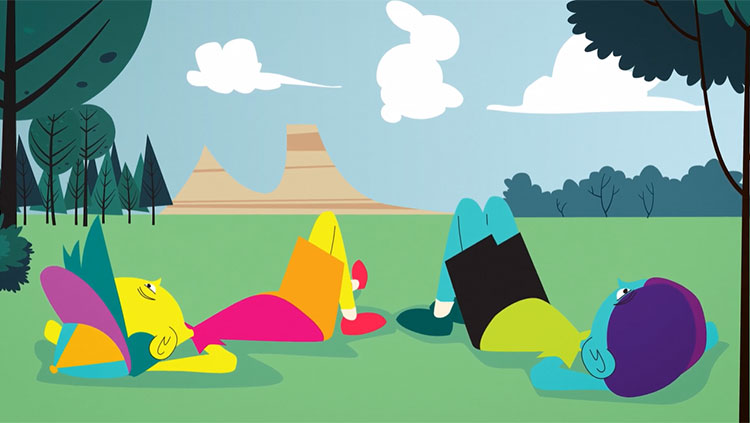
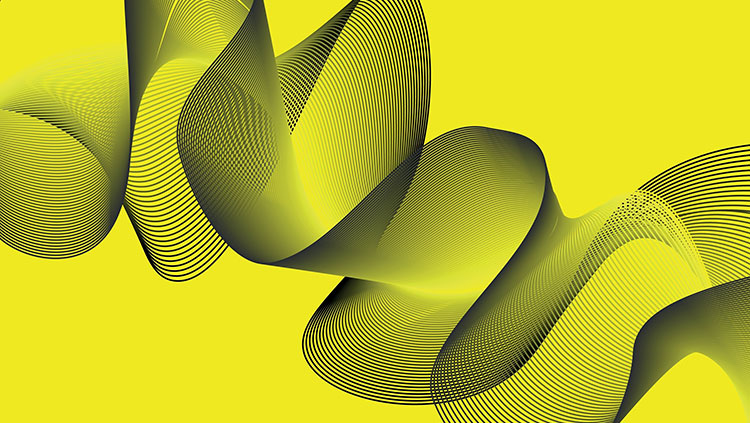
.jpg)
